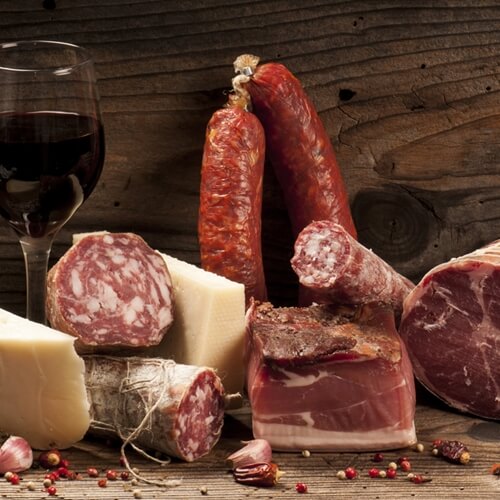The wild side of charcuterie
While online cooking school students may be familiar with the more common forms of sausage – kielbasa, bratwurst and italian to name a few – they may be surprised to learn that each of these types can be substituted with big game and exotic meats. Steven Rinella, host of the television show, Meat Eaters, makes sausage with a wide range of animals including bear, merguez and buffalo.
Field-to-table
As a hunter and chef, Rinella is always looking for ways to utilize every part of the animal. Butchering and charcuterie have recently come back into fashion in the food world as consumers begin to value sustainable food practices more and more. Charcuterie started as a way of preserving meat in an age before refrigeration technology. Making trimmings into sausage and smoking certain parts of an animal ensured that none of a hunter’s efforts would go to waste.
Start-up considerations
The art of wild game charcuterie is not difficult for those interested in learning and the process of hunting, butchering and preparing your own cured meats is essential for those interested in the tenets of farm-to-table dining. For cased sausages, the start-up costs are a little high, though worth it. But making a nice goose prosciutto requires only meat, salt, and time. If you do choose to go the sausage route, make sure to cut in a healthy amount of pork fat, as wild game is usually very lean and a lot of sausage’s flavor comes from the fat.
Any kind of wild game can be butchered and cured. The different flavor profiles of certain animals makes for a wonderful opportunity to experiment in the kitchen. As consumers shift towards sustainable food production practices, a new “field-to-table” trend of hunters preparing their own catches is taking shape.


